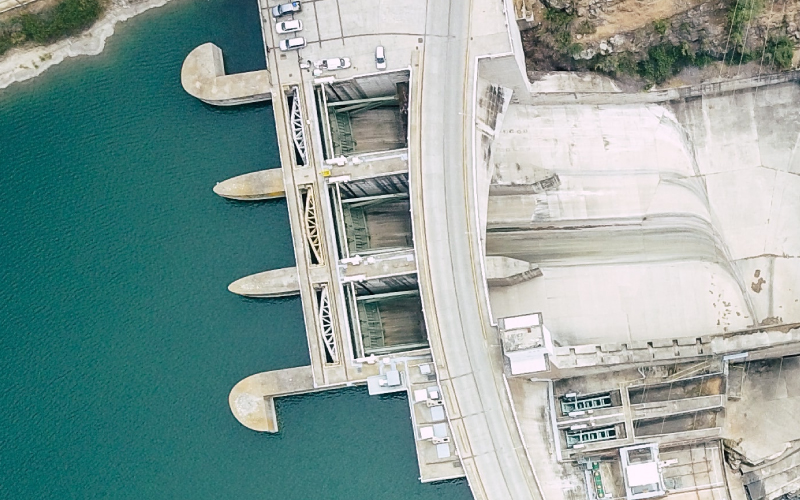
Hyvity contributes to local development
Since its creation, hydroelectricity has demonstrated its leading role in sustainable land planning
and its ability to address social, economic and biodiversity issues. It is a key asset when it comes to the energy and ecological transition. Hyvity contributes to local development through its locally adapted facilities.

Environmental impact
Hydroelectric production units do not involve direct withdrawals from water resources. If they are likely to directly impact the functioning of watercourses, these impacts are known and can be taken into account to avoid, reduce or offset them. Hyvity identifies issues from the start of the project, leading to a solution that ensures the project’s viability while respecting its ecosystem and thereby obtaining renewable and zero-carbon energy that contributes to fighting climate change.
Social impact
Hyvity naturally positions itself where projects will have the greatest positive impact. The deployment of new capacities, electrification of the most isolated rural areas, securing the grid with more Pumped-storage hydroelectricity (PSH) to replace highly carbon emitting electricity are the cornerstone of our development model. We are involved in improving the lives of the people concerned and pay special attention to achieving positive local externalities through our projects with the support of our local partners.


Economic impact
The construction, upgrading and regular maintenance of the facilities generate local and site specific jobs. It is also a direct tax resource for the regions. In ensuring stable energy supply, hydroelectricity also creates opportunities for many economic and industrial activities. Given the intermittent nature of renewable energies, hydroelectricity is key to electricity grid balance and security.

